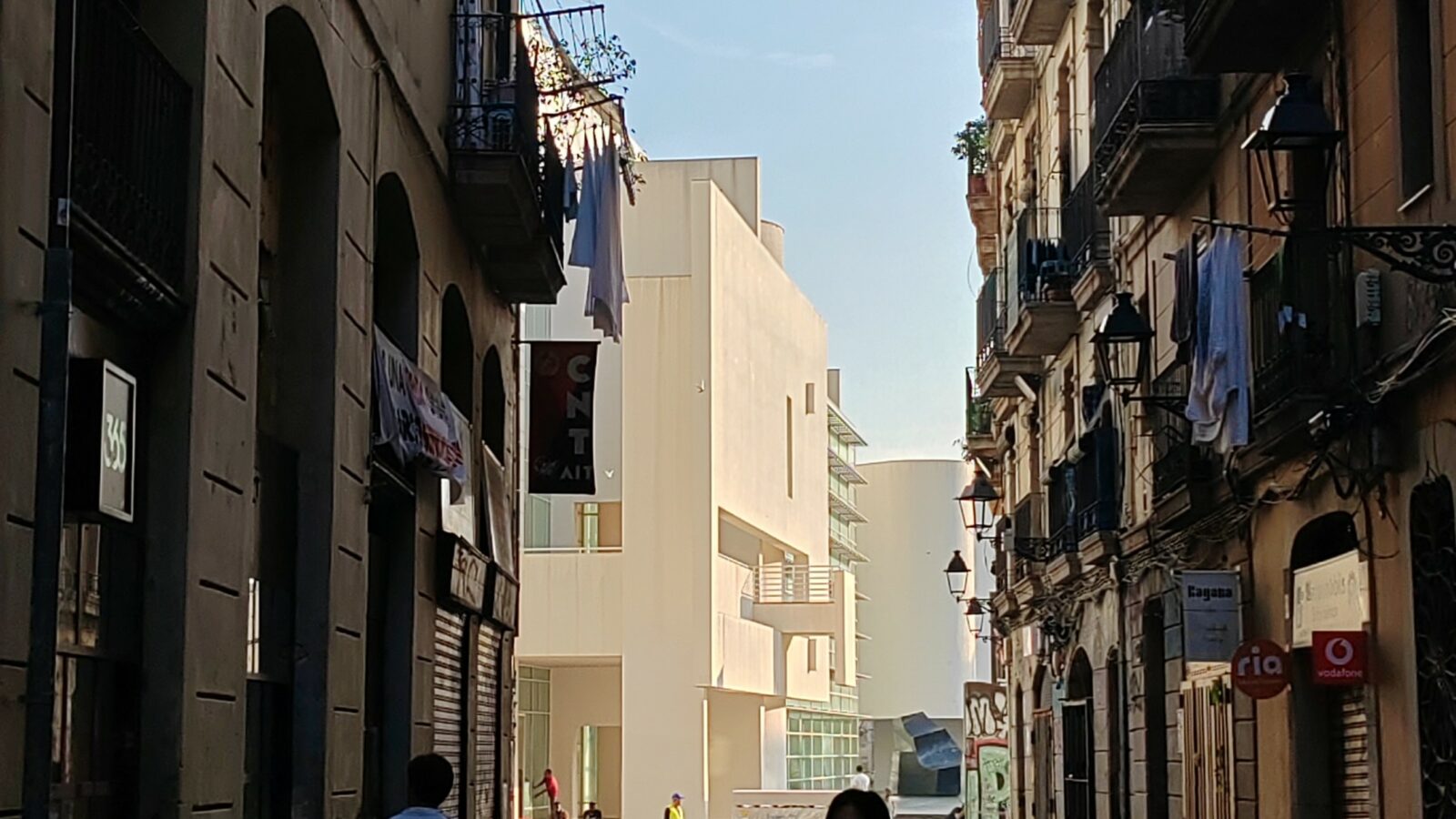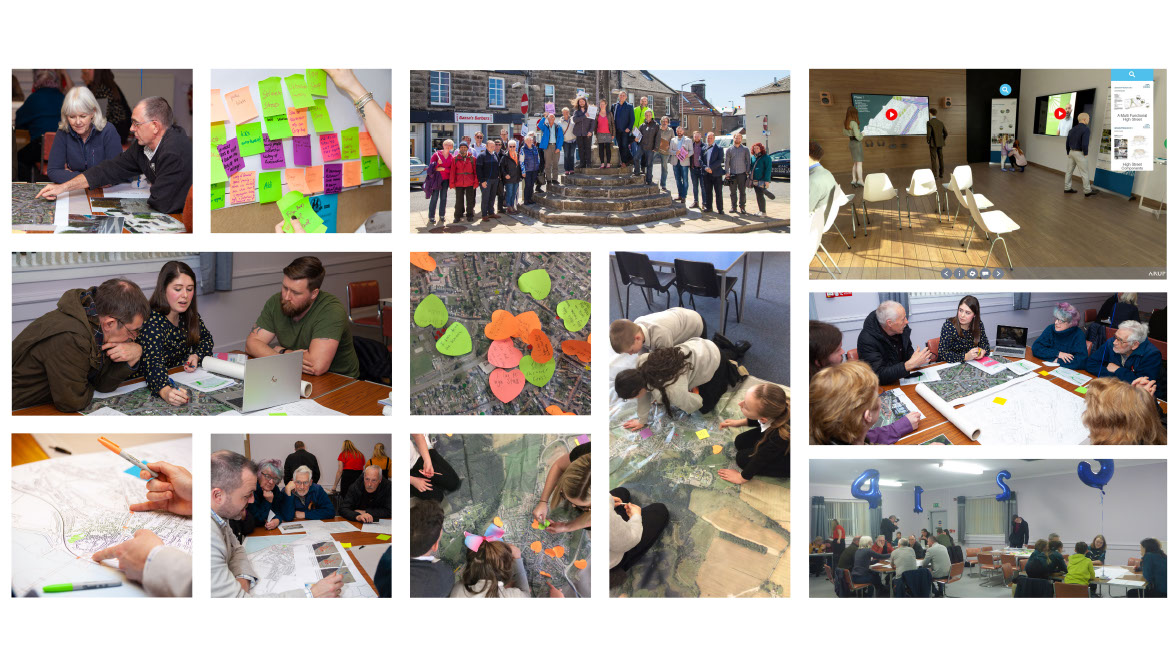People First Spaces

Evolution of HarrisonStevens approach to People First Spaces As I drove through Linlithgow High Street my speed was checked by…
Evolution of HarrisonStevens approach to People First Spaces
As I drove through Linlithgow High Street my speed was checked by a contrast in the road surface. The heritage cobbles and setts on a slight raised table adjacent to the Palace entrance was sufficient to sub-consciously slow my speed, the noise and textured -yes, slightly uneven- surface made a significant impact. It reminded me of a HarrisonStevens team presentation that I had chaired the previous week regarding People First Spaces.

The main focus of the discussion was the impact of surface change in streets. Surface material is the most important contributor to the creation of shared spaces, or people first spaces. Our references change frequently from the original 1990s conceptual approach of Hans Monderman and Ben Hamilton Baillie who talked of Woonerfs and Living Streets and created great examples of shared surfaces in the Netherlands and Poynton, Cheshire. What we call best practice street design with the people first principle in mind is neither here nor there, the important point is that following the adopted guidance of the Scottish Government, and many local authorities across the country, of inverting the movement hierarchy pyramid and placing active travel, walking and people as the priority, creates safe places with unique local identity.
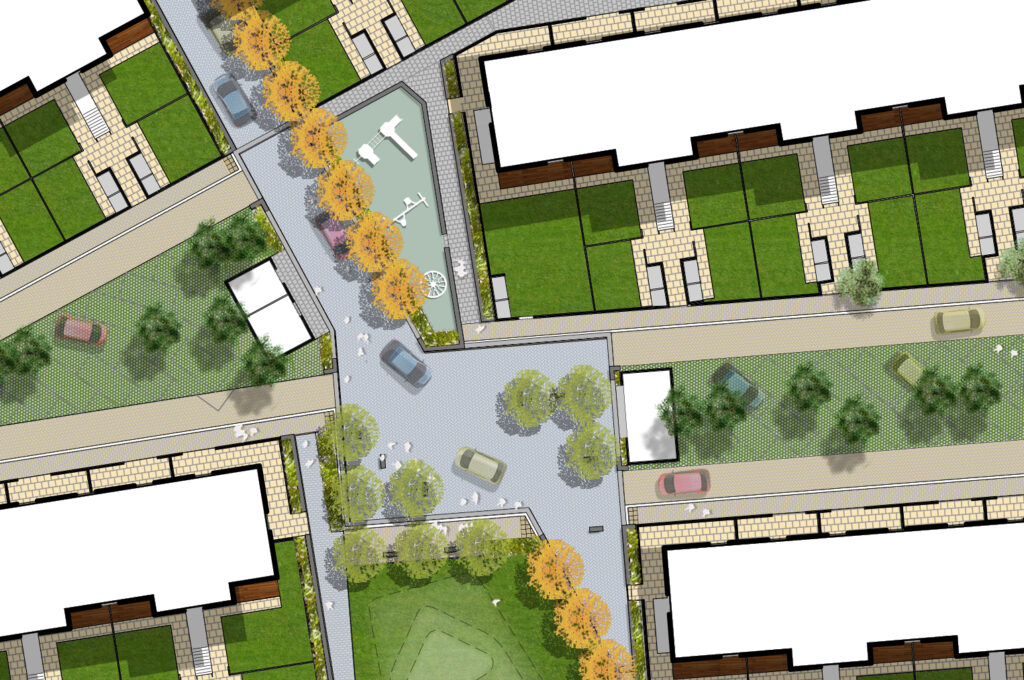
There are many design tools and functioning aspects of a people first space; reducing widths of carriageways, coordinating underground services and utilities, sympathetic lighting, reducing vertical ‘kerb’ definition and omitting standard road design geometry in favour of tighter radii, no radii, and/or a rectilinear form. In my opinion the most significant is a change of surface, it seems to have the most impact from a sub-conscious perspective. Using a small unit paver laid in a robust and technically proficient manner will make the streets appear like places for all, definitely not segregating pedestrians from vehicles. It has also been proven that people first principles result in safe, accessible and inclusive places. HarrisonStevens have been at the forefront of living street design for two decades and our approach has evolved with time, often informing as experts the policy and guidance across the UK. I delivered the Wauchope Square, Craigmillar neighbourhood with Page\Park while I worked with Ian White Associates in the late 90s and into the 2000s. The first shared surface neighbourhood with porous block paving surfaces in the UK. The approach was a pure shared surface principle with no vertical definition and block paved streets. In response to the reaction towards this unapologetic fundamental principles approach we have since evolved the solutions through many HarrisonStevens projects including Gracemount, Longstone and Leith Fort where we have worked with the technical teams embedded in the local authorities to deliver variations to these pure principles. Version 2.0 include introducing a textured edge to perimeter routes to ensure safer movement for visually impaired streets users, and raised chamfer kerbs to respond to the consultation with visually impaired cane users. What has remained constant is the design and detail of the surface to be a more pedestrian friendly surface. Expertly designed, detailed and delivered block paved streets work, there are equal amounts of successful places as there are those where blocks have lifted, compromising the integrity of the surface for all users. These poor precedents are not encouraging, in each case the problem has been a result of poor delivery and construction, it has not been a failing in the product.

Following these less than encouraging outcomes it seems that our recent challenge is that many of the local authorities who had supported, embraced, and endorsed the recommendations of Designing Streets and Making Places have reverted back to standard street design principles, taking a more traditional position on surfaces, typically black top solutions. ‘Can we design unique places using black top?’ I challenged our team. Perhaps vary the colour of the surface if having to use a homogeneous solution. The downgrading of what is adoptable in our public realm is a direct response to previous poor examples, a lack of confidence in the materials and local authority budgets which are ever decreasing and being challenged. This recent position on adopted streets and public spaces has rapidly eroded the great strides and successes made by landscape architects in our delivery of sensitive place making solutions, a worrying evolution.
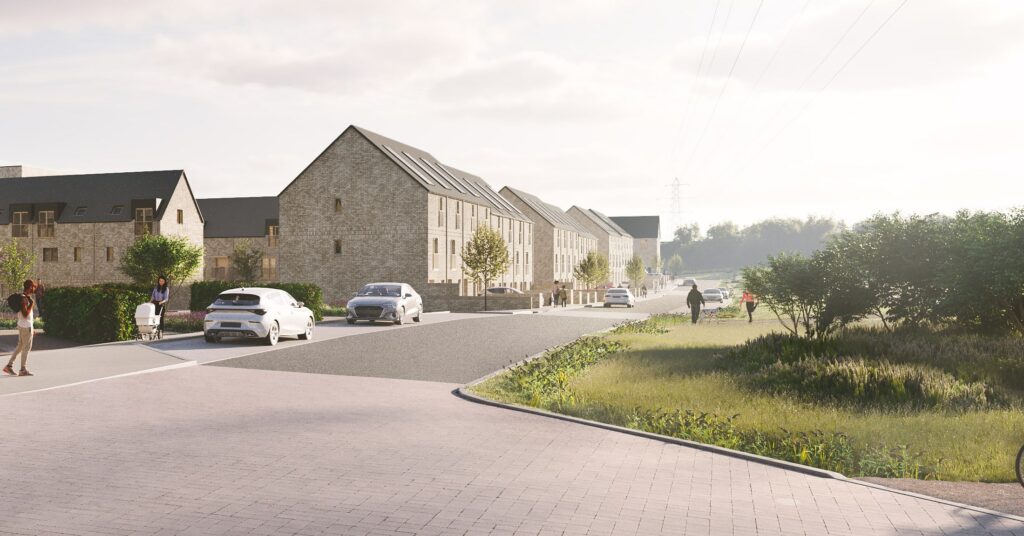
We should reflect back to NPF4 which advocates the six qualities of successful place; healthy, pleasant, connected, distinctive, sustainable and adaptable. It is hard to see how any of these qualities can be delivered if we are reverting back to traditional street design, certainly not going to be distinctive, nor sustainable, or pleasant and attractive. Designing safe and distinctive spaces is what landscape architects do, it’s what HarrisonStevens strive to achieve through making positive contributions to communities and places. The challenge is to address the objectives and guidance of the NPF4 with local authorities and provide a balance to our response. It does not have to be all about biodiversity enhancement which seems to be in everyone’s mind when designing place, there are many other objectives which the NPF4 directs.
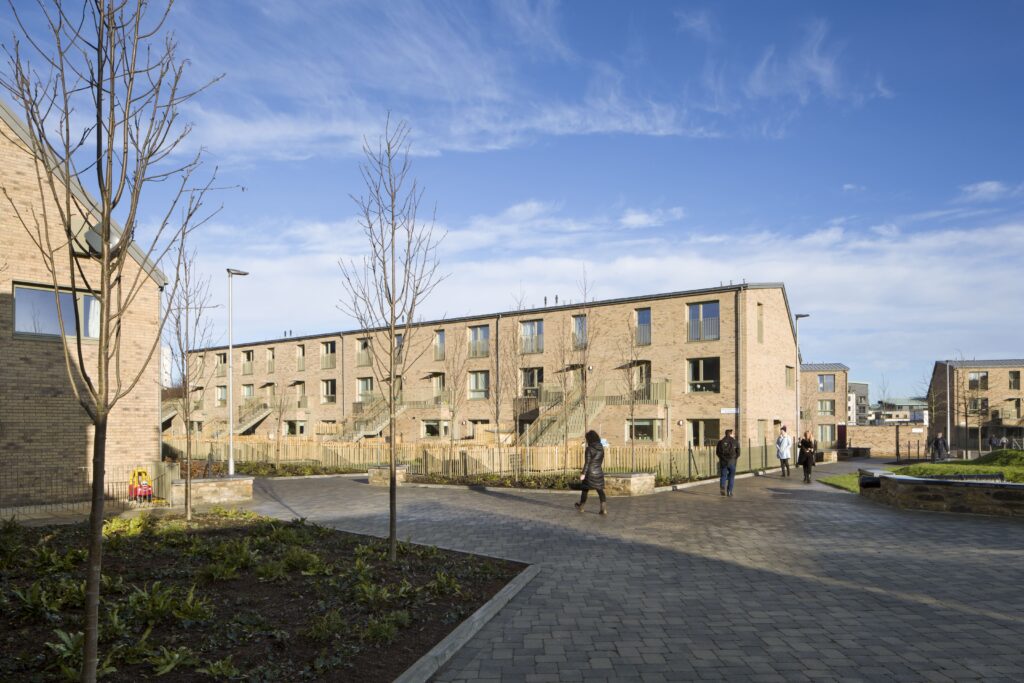
Let us design with place in mind again and not allow the movement pyramid to topple and invert back to traditional standards and methods. While I appreciate the benefit of bringing back full upstand kerbs in residential streets supports the occasional game of ‘kerby’, there are so many other contributors to Place which I fear are being sidelined, and we are advocates of ‘People First Spaces’.

